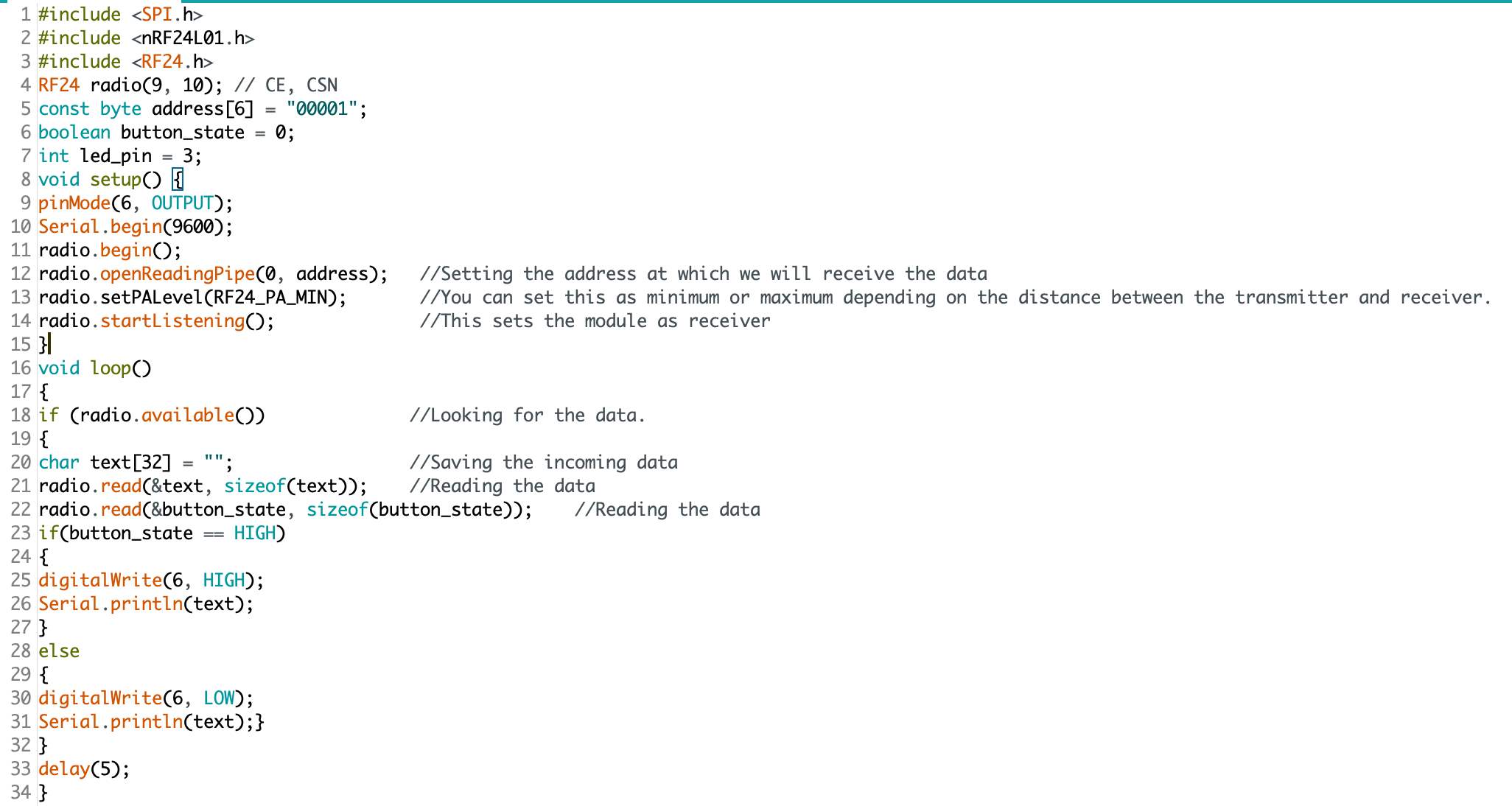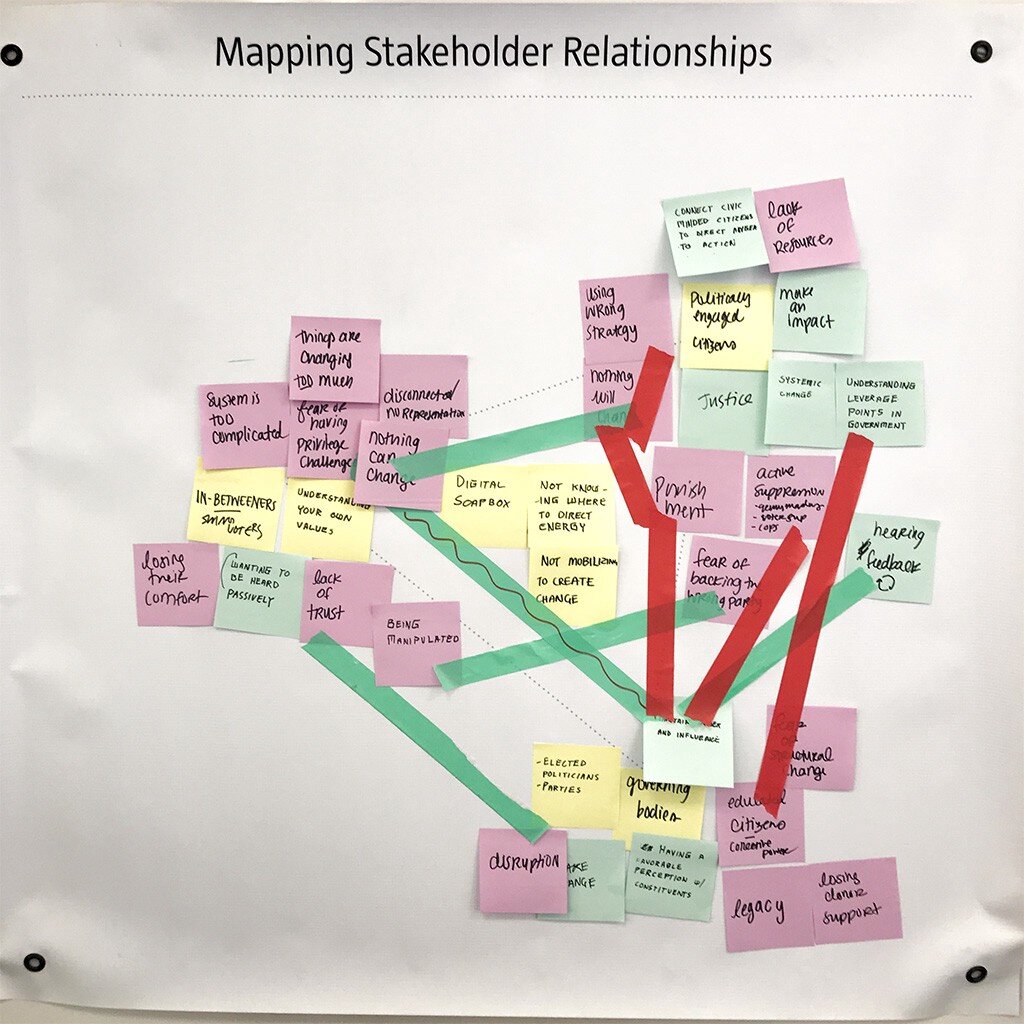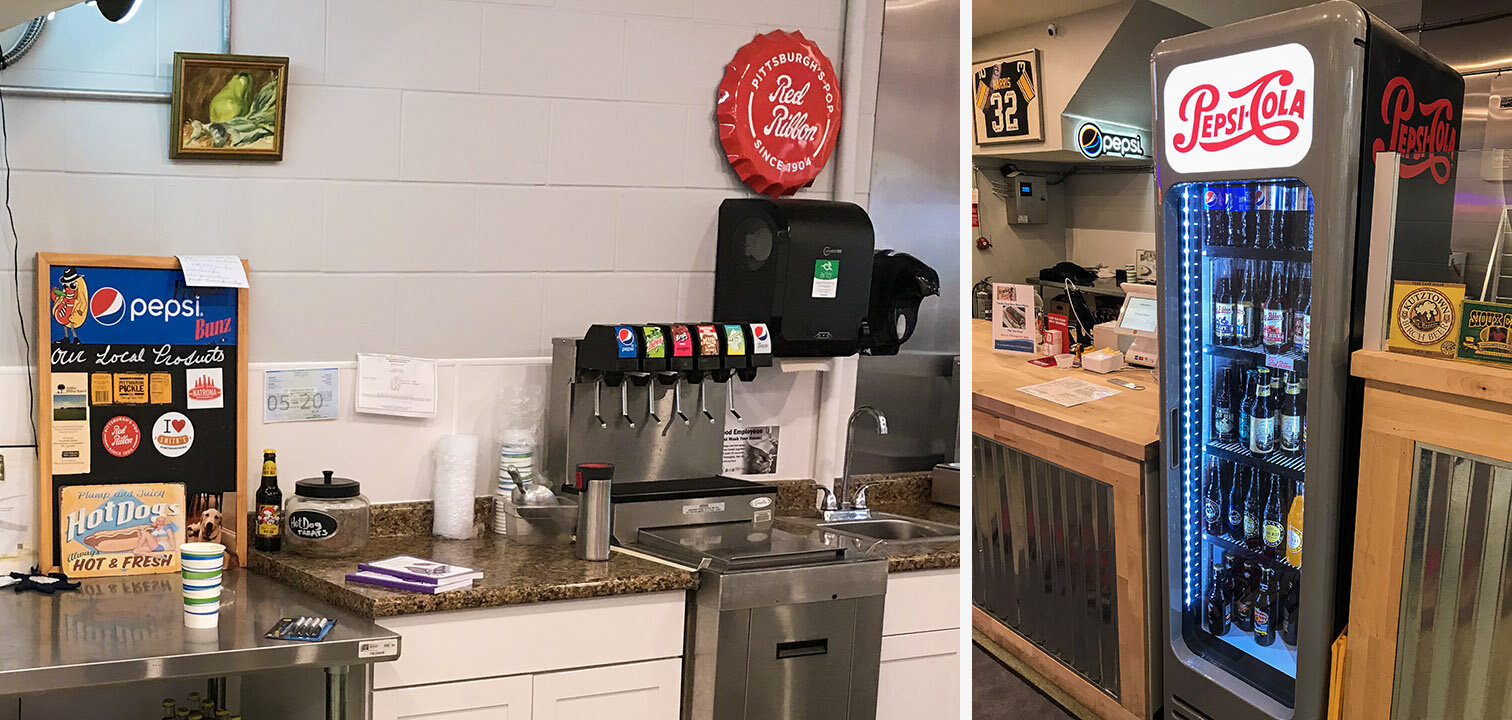The Food
There are eight standardized options:
The Frankie Bunz
The Don
The Hyman Roth
The Fredo’s Frank
The Sonny Special
The Henry Hill
The Mr. Miyagi Doggie
The Grateful Dog
The Chairman of the Dog
Customers choosing a standard dog still have the option to add additional toppings (more about this later), and must choose from one of four bun types*:
White
Wheat
Pretzel
Onion
*The only exception is the “Mr. Miyagi Doggie” which is an Asian Fusion spin on the classic corndog - featuring a tempura batter and side of slaw with special “dragon sauce.”
There is also an option to “B.Y.O.D” (Build Your Own Dog) with six dog options:
Smith’s Natural Skin Casing Hot Dog
Jubilee Farms All Beef Hot Dog
Hebrew National
Spicy Beef Dog
Turkey Dog
Veggie Dog
Toppings
There are two categories of toppings*:
“Frankie’s Fresh”
Premium
*The premium incurs a $1 charge per selection.
There are eleven “Frankie’s Fresh” toppings:
Ketchup
Mustard (Yellow, Dark, and Honey)
Siracha Mayo
Fresh Sauerkraut
Pickles
Onions (sweet vidalia)
Hot Peppers
Relish (sweet and dill)
And there are seven Premium toppings:
Chili Sauce
Bacon (candied)
Avocado
American cheese
Shredded, aged cheddar
Swiss
Pepper Jack
Sandwiches
If hot dogs are not your thing, they also offer large sides as well as grilled cheese sandwiches.
Grilled cheese sandwiches offer three options for bread:
White
Wheat
Sourdough
and four options for cheese*:
American
Swiss
Aged Cheddar
Pepper Jack
*Customers may select any combination, up to and including all four on the same sandwich
Customers may add any of the fourteen (fresh and premium) toppings offered for hotdogs to their grilled cheese (see above).*
*Customers can also add any choice of the six dogs (see above) for $2
There are also five standardized grilled cheese (with choice of bread), offered as a “daily special” Monday through Friday.
Sides
The only side offered are their fries.
There are four options to select from:
Regular
With melted cheese
“Da Woiks” (i.e., chili cheese fries with bacon)
"Poutini” (i.e., cheese curds, house gravy, and scallions)
Drinks
There are six fountain drinks (one cup size) and sixteen bottled drinks available. I won’t list them here; they offer Pepsi products, and you can see the options for yourself:

























